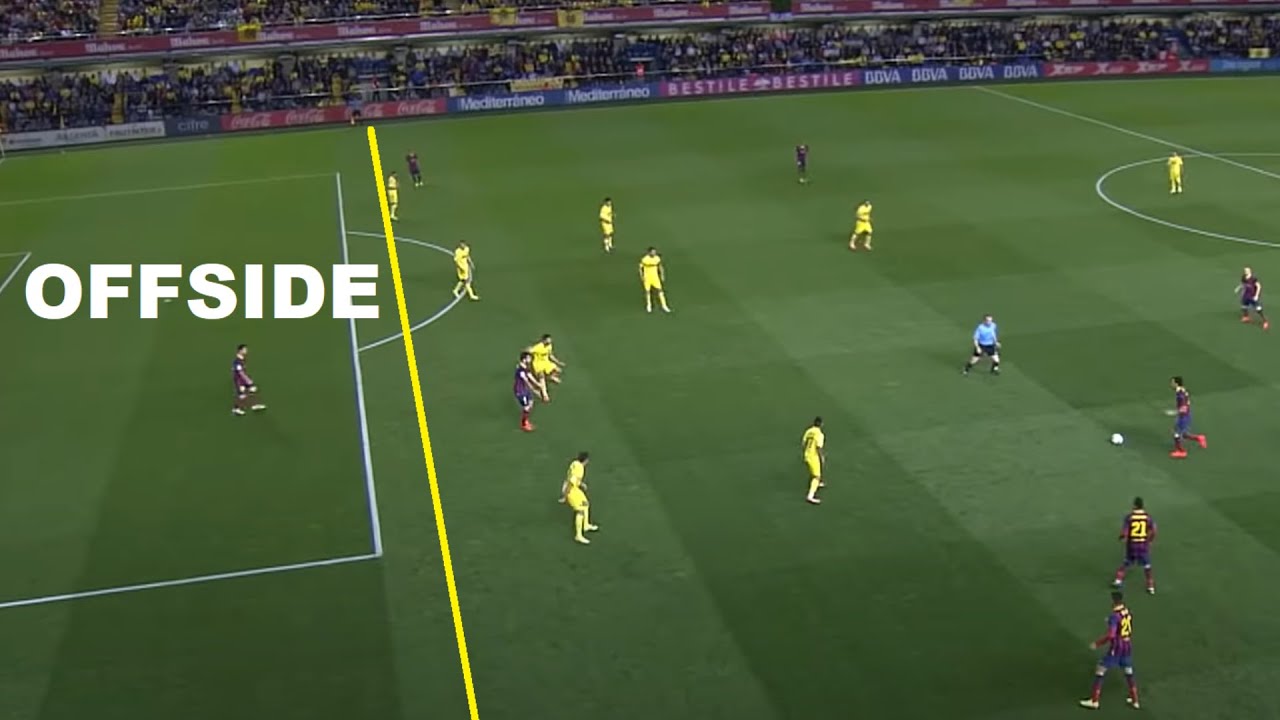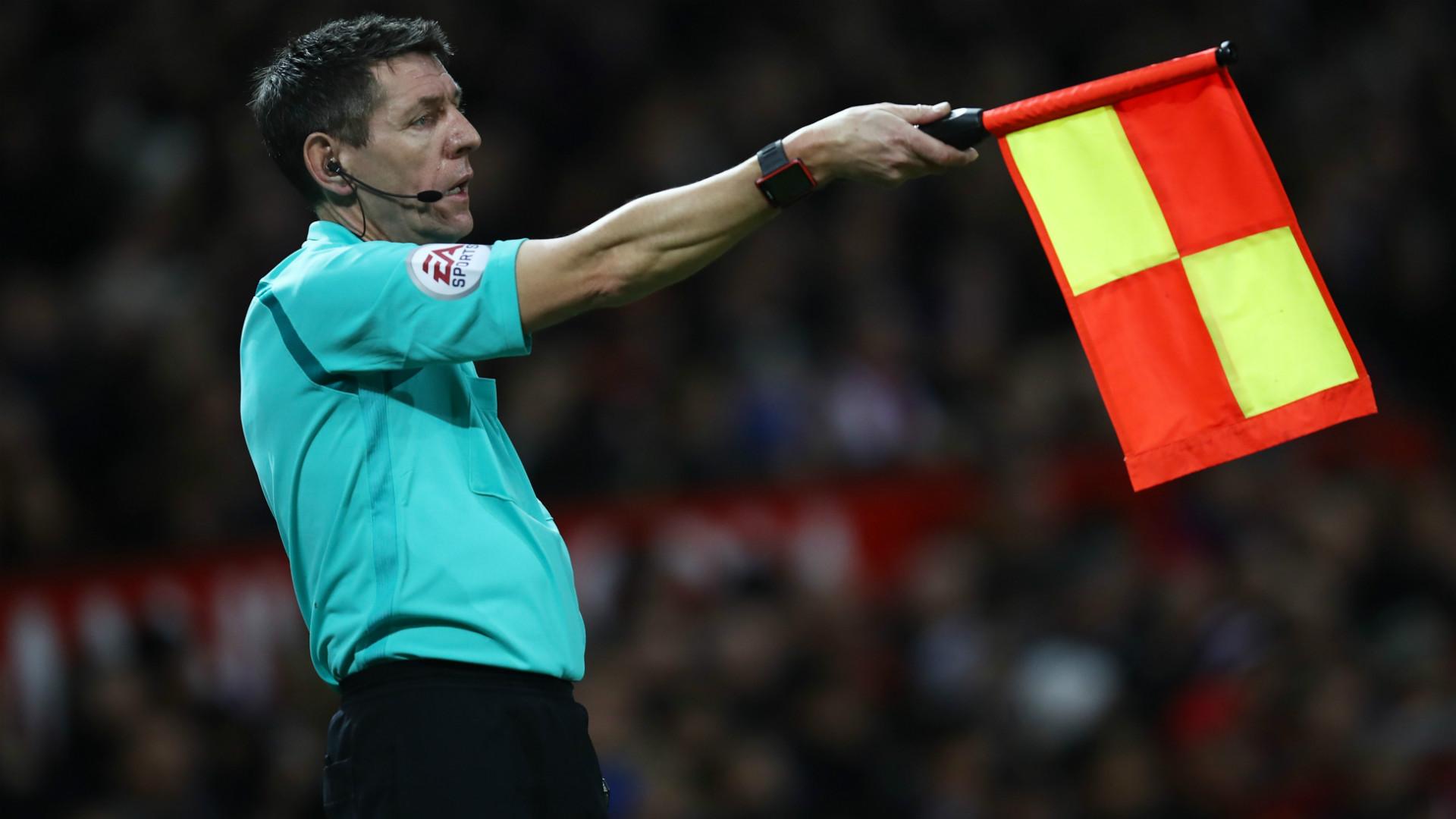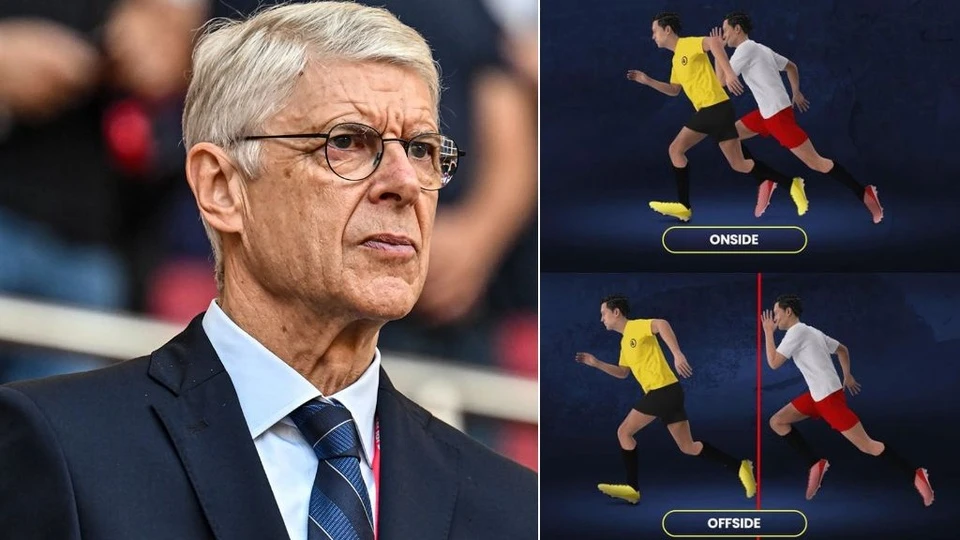Football, or soccer as it is known in some parts of the world, is undoubtedly the most popular sport globally. With millions of fans and followers, it has become a part of people’s daily lives, sparking debates and discussions among friends, families, and even strangers. However, one particular rule that has consistently caused confusion and controversy over the years is the offside rule. From amateur matches to professional leagues, the offside rule has been a topic of debate, with many struggling to understand its complexities.
In this article, we will delve deeper into the offside rule and try to demystify its intricacies. We will explore its history, purpose, and how it is applied in modern-day football. So, whether you are a die-hard football fan or someone who wants to understand the game better, this article is for you.
History of the Offside Rule
The offside rule has been a part of football since its early days. However, its interpretation and application have evolved over time. In the early years of football, there was no offside rule, and players were allowed to position themselves anywhere on the field. This resulted in chaos and constant disputes between teams, leading to the introduction of the offside rule in the 19th century.

History of the offside rule
The Early Days
The first mention of the offside rule can be traced back to the 1863 Cambridge Rules, which stated that “no player shall be allowed to stowaway within three yards of the ball.” This early interpretation of the offside rule meant that a player had to be at least three yards away from the ball when it was passed to them. However, this rule was abolished in 1866, and a new rule was introduced, stating that an attacking player must have three opponents between them and the goal when the ball was passed to them.
In the early 1900s, the offside rule underwent another significant change. The three-player rule was reduced to two players, and the offside line was moved from the halfway line to the last defender. This led to the creation of the “offside trap,” where defenders would position themselves in a line to catch attacking players in an offside position.
The Introduction of the “Active” Offside Rule
In 1925, the “active” offside rule was introduced, which meant that a player had to be actively involved in the play to be deemed offside. This led to further confusion and debates, as it was unclear what constituted being actively involved in the play. To clarify this, in 1937, a new rule was introduced, stating that a player must be in an offside position at the moment the ball is played for them to be considered offside.
In the 1960s, a significant change was made to the offside rule. The offside line was moved from the last defender to the second-to-last defender, which made it harder for attackers to be caught offside. This also resulted in more goals being scored, leading to a more exciting and entertaining game for fans.
Purpose of the Offside Rule
The offside rule may seem like a complicated and unnecessary rule to some, but it plays a crucial role in the game of football. Its main purpose is to promote fair play and prevent teams from gaining an unfair advantage by positioning players behind the opposing team’s defense. Here are the three main reasons for the existence of the offside rule:

Purpose of the offside rule
Preventing Goal-Hanging
Before the introduction of the offside rule, it was common for teams to have one or two players constantly positioned near the opponent’s goal, waiting for a long pass to score a goal. This strategy, known as “goal-hanging,” made the game dull and unexciting. The offside rule was introduced to prevent this and encourage teams to play a more attacking and creative style of football.
Encouraging Teamwork
The offside rule is also designed to promote teamwork and discourage individual efforts. With the offside rule in place, attackers have to work together to create scoring opportunities by making runs and passing the ball amongst themselves. This not only makes the game more enjoyable to watch but also teaches players the importance of teamwork and collaboration.
Keeping the Game Balanced
Football is a game of tactics and strategies, and the offside rule adds another layer of complexity to it. It forces teams to think strategically and come up with ways to break through the opponent’s defense without being caught offside. Without the offside rule, the game would be heavily skewed in Favour of attacking teams, resulting in an unbalanced and unfair playing field.
How the Offside Rule Works
Now that we have a better understanding of the history and purpose of the offside rule, let’s take a closer look at how it is applied in modern-day football. According to FIFA’s Laws of the Game, a player is offside if they are in the opposing team’s half of the field and are:
- In front of the ball
- In the opponent’s half of the pitch
- Not actively involved in the play
- Closer to the opponent’s goal line than the ball and the second-to-last defender (usually the last outfield player)
To better understand these criteria, let’s break them down further.

How does offside rule work?
In Front of the Ball
For a player to be considered offside, they must be ahead of the ball when it is played to them. This means that the player receiving the pass is closer to the opponent’s goal line than the ball itself. If they are level with the ball or behind it, they cannot be offside.
In the Opponent’s Half of the Pitch
The offside rule only applies in the opposing team’s half of the field. This means that a player cannot be caught offside in their own half of the pitch. However, if a player receives the pass in their own half and then runs into the opposition’s half without touching the ball, they can still be deemed offside.
Not Actively Involved in the Play
As mentioned earlier, for a player to be considered offside, they must be actively involved in the play. This means that the player must touch the ball or interfere with an opponent in some way to be deemed offside. A player who is simply standing in an offside position without being involved in the play will not be penalized.
Closer to the Opponent’s Goal Line Than the Ball and the Second-to-Last Defender
This final criterion is perhaps the most crucial in determining whether a player is offside or not. The second-to-last defender is usually the last outfield player, which means that if an attacker is closer to the opponent’s goal line than this defender when the ball is played to them, they will be deemed offside. However, if the attacker is behind or level with this defender, they will not be caught offside.
Common Misconceptions about the Offside Rule
Despite its long history and widespread use, there are still many misconceptions about the offside rule. Let’s take a look at some of the most common ones:
Being in an Offside Position Means Being Offside
Many people believe that once a player is deemed to be in an offside position, they are automatically offside. However, this is not the case. As mentioned earlier, for a player to be caught offside, they must also be actively involved in the play and closer to the opponent’s goal line than the ball and the second-to-last defender.
The Ball Must Be Played Forward for There to Be Offside
Another misconception is that the ball must be played forward for a player to be deemed offside. However, the direction of the pass does not matter, as long as the other criteria (being in front of the ball, in the opponent’s half, and not actively involved in the play) are met.
Only One Defender Can Keep an Attacker Onside
There is a common belief that only one defender needs to be between the attacker and the goal for the attacker to be onside. However, as per the rules, there need to be at least two defenders between the attacker and the goal, with one of them being the goalkeeper. This means that the last outfield player and the goalkeeper must be between the attacker and the goal for the attacker to be onside.
Controversies Surrounding the Offside Rule
The offside rule has been a source of controversy and debate for many years, with many questioning its fairness and effectiveness. Here are two of the most significant controversies surrounding the offside rule:
The “Offside Trap”
One of the main criticisms of the offside rule is that it promotes a defensive strategy known as the “offside trap.” This is when a team’s defenders move up the field in unison, catching attacking players in an offside position. While this may seem like a clever tactic, it has been deemed unfair and unsportsmanlike by many.
VAR and Offside Calls
The introduction of Video Assistant Referees (VAR) in football has brought about a new level of scrutiny when it comes to offside calls. With VAR technology, referees can review close decisions and determine whether a player was truly offside or not. However, this has resulted in long delays and has taken away the spontaneity and excitement of celebrating a goal.
Variations of the Offside Rule
While the offside rule is mostly the same across all levels of football, there are a few variations that are worth mentioning:
Offside Rule in Women’s Football
The offside rule in women’s football is the same as in men’s football, with one minor difference. In women’s football, the goalkeeper is not counted as one of the defenders when determining if an attacker is onside or not.
Offside Rule in Futsal
Futsal, a variant of football played indoors, has slightly different rules compared to traditional football. In futsal, the offside rule does not apply when a player receives the ball from a goal clearance, corner kick, or throw-in.
Offside Rule in 5-a-side Football
In 5-a-side football, the offside rule is also slightly different. A player is considered offside if they are in the opposing team’s half of the field and closer to the opponent’s goal line than the ball and the last defender (which is usually the goalkeeper).
Conclusion
The offside rule may seem like a complicated and confusing aspect of football, but it plays an essential role in ensuring fair play and promoting teamwork on the field. Its history and evolution have shaped the way we interpret and apply it in modern-day football. While it may still cause controversy and debate, it remains an integral part of the game that we all love and enjoy. So, the next time you watch a football match, you can impress your friends with your knowledge of the offside rule.








